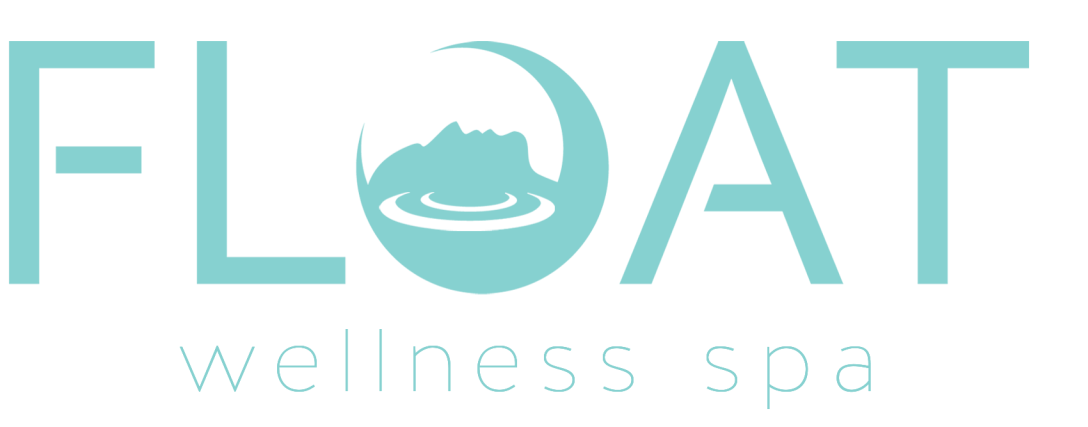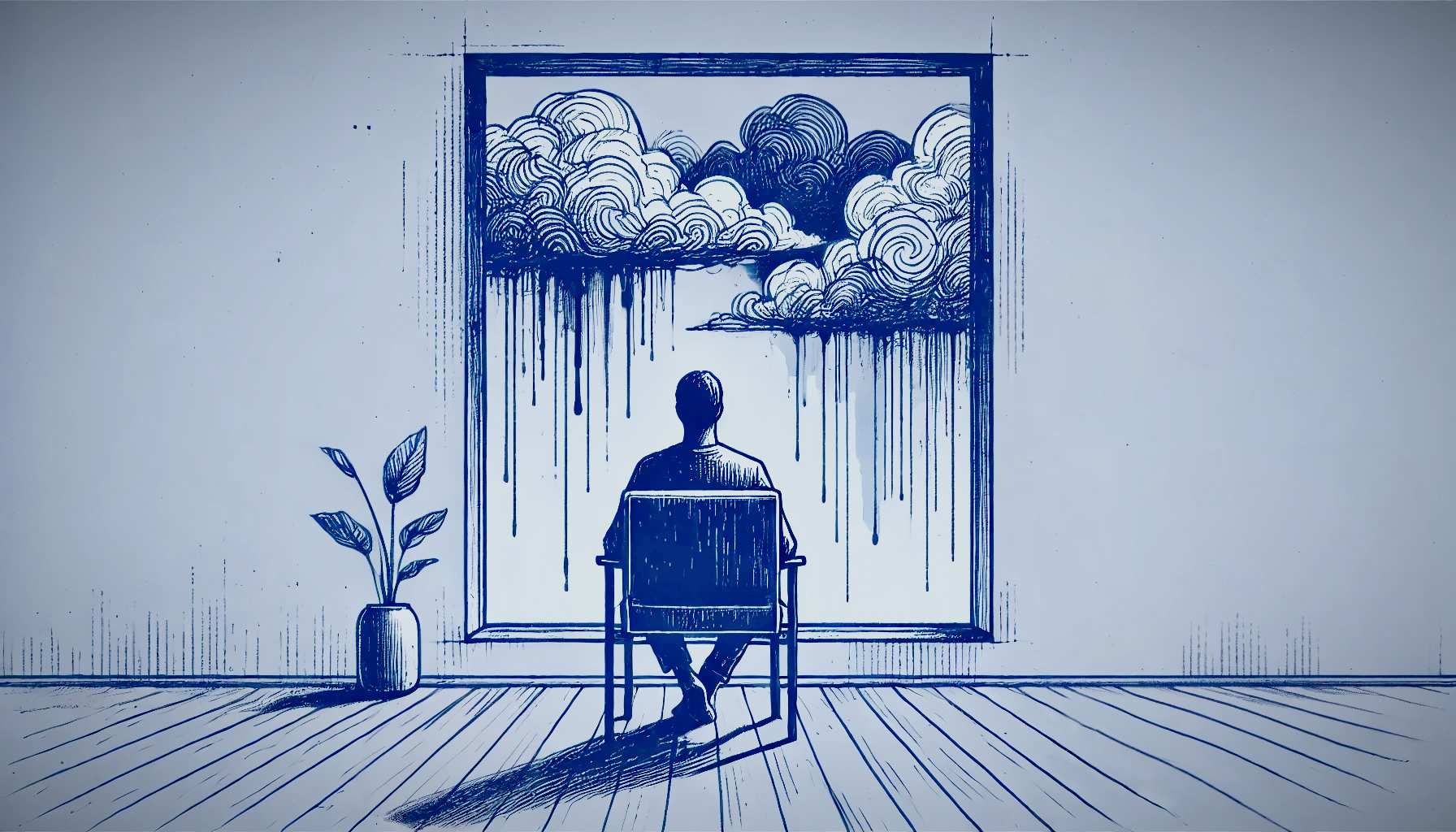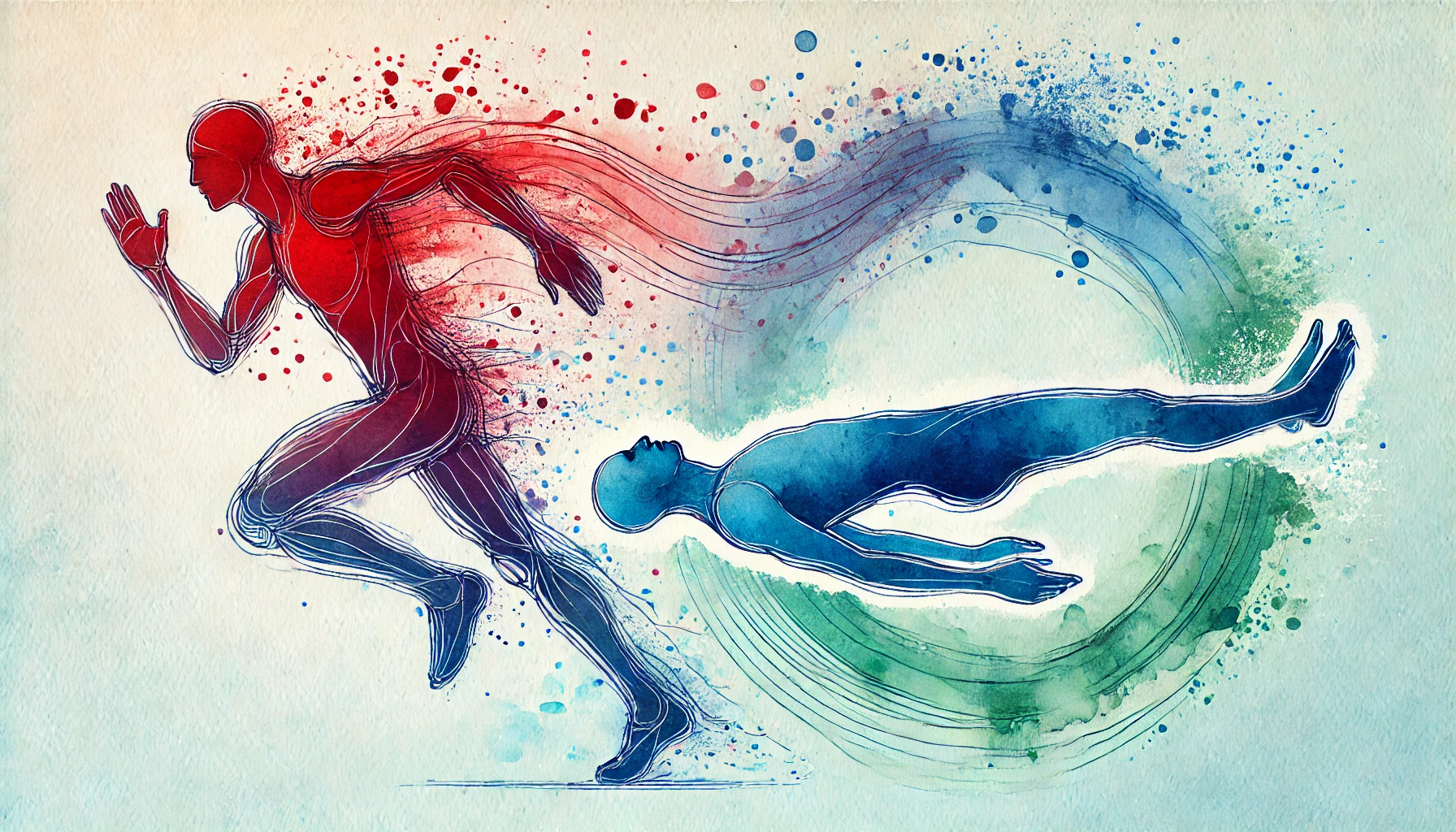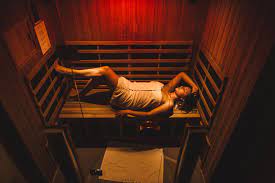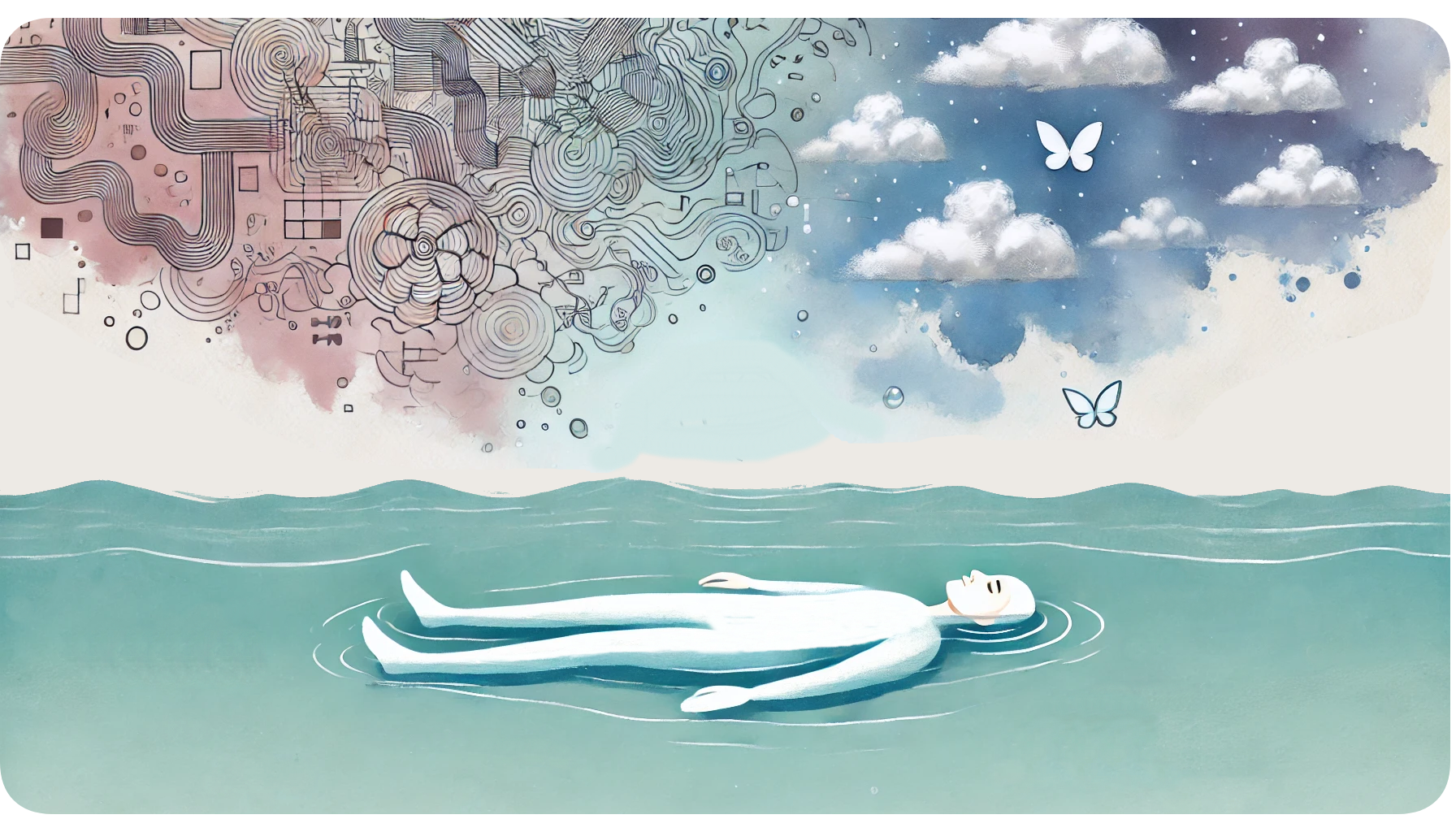
The concept of taking time away from obligations to relax and recoup is so foreign in our society that the idea is often met with confused looks; people live in a constant state of motion, often bouncing from task to task with no time to stop, breathe, and enjoy the moment. In society’s
eyes, relaxing and doing nothing means wasting time… and wasting time means losing out on both money and opportunities.
The guilt that many of us feel for not being productive at all times is something we’re taught when we’re young, whether intentionally or not, and it gets carried with us as we age. This can lead to a cycle where we feel that we need to be going at all times, even when our mental and physical capacities are out of gas. We dig ourselves deeper and deeper into exhaustion trying to make the best use of our productivity each day, inevitably leading to symptoms of burnout, which are often ignored for as long as possible.
Learning to take a step back and let your mind and body recover is a valuable skill that can keep yourself afloat while battling the regular stresses of life. Taking time out to rest offers a whole slew of benefits: a boost in energy, increased creativity, time to process the new things you’ve learned, and much more. The problem, though, is that despite how simple resting is, not
everyone actually knows how to do it properly.
Sitting down to scroll social media with TV on in the background might feel like we’re resting, but in actuality our brains are still fully engaged trying to concentrate and process all of the information we’re being confronted with. Our bodies can be relaxed, yet our minds stay on. Instead of staying active by scrolling and channel-hopping during the majority of our downtime, making time to consciously do as little as possible is surprisingly effective – by taking the time to slow your day down, you can let your brain get a reset, which in turn has been shown to reduce stress, boost creativity, and (almost counterintuitively) increase your overall productivity.
Many of these ideas and ideals are embraced by the slow living movement, and incorporating them into your own life can actually be accomplished quite easily. This includes things as simple as waking up a few minutes earlier so that you have time to sit and enjoy your tea or coffee, or
taking a little extra time in the shower to enjoy the feeling of the water warming your body, rather than setting an alarm that gives you as little time as possible before you rush out the door. Likewise, going for an afternoon walk to get some fresh air, instead of relentlessly pushing through your to-do list, can refresh your entire system, leaving you rejuvenated when you return to work.
Being more mindful and taking longer to do tasks like this allow the mind a chance to wander and daydream. This wandering mind provides a break from the flow of the day, allowing a focus on bodily maintenance, as well as time working through ideas and problems without distractions. Letting the mind wander can help increase bodily-awareness, possibly helping us notice when we need breaks sooner as we are more in touch with our body's stress signals. These moments of idle wandering can even be the spark for a Eureka-level thought, as the brain is relaxed and can come up with unique ideas or solutions to problems without being stressed and forced to do so.
Finding the time to rest can be more difficult than it should be, particularly when it comes to escaping the grasp of technology and industry. The mental tether that attaches us to our phones is strong; all types of notifications could go off at any moment, taking us away from any chance
of rest. Many of us live on-call (whether it be for work, family, or both) and it becomes increasingly difficult for us to be on silent mode. Those who live in cities or near industrial facilities hardly ever catch a break from the noise that seems to constantly hum from the surroundings. Freeways, railroads, and airports keep an ever flowing level of noise coming in at all times of day. This causes a deep level of stress as we can never fully relax, there is always
something (sometimes subconsciously) bringing us back to the outside world. Since so many people become used to never having the chance to rest, they go about their day never looking to make time for it, and they suffer the consequences. Resting won’t happen unless you make room for it, and starting by carving out even 30 minutes a day to rest can begin to do wonders for your stress levels and mental health (which is not to say that longer isn’t even better).


Contact Us

Slide title
Write your caption hereButton
Slide title
Write your caption hereButton
Slide title
Write your caption hereButton
Slide title
Write your caption hereButton
Slide title
Write your caption hereButton
Slide title
Write your caption hereButton
Open 7 Days a week, 10am - 8pm
Phone: 210-562-3310
Email: Admin@floatsa.com
4535 Fredericksburg Rd #201,
San Antonio, TX 78201
